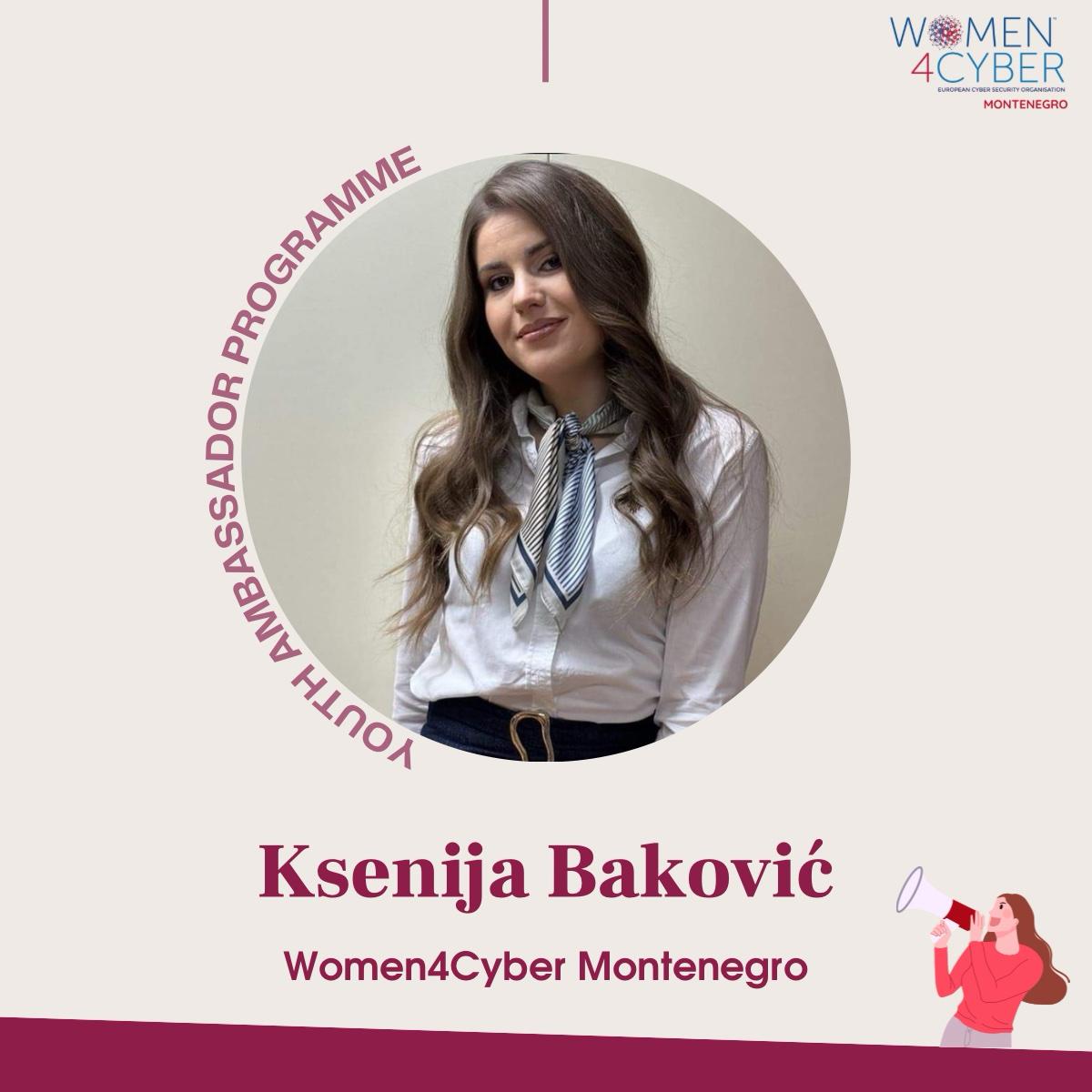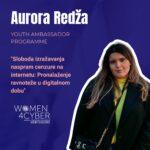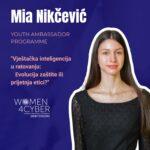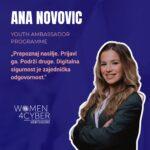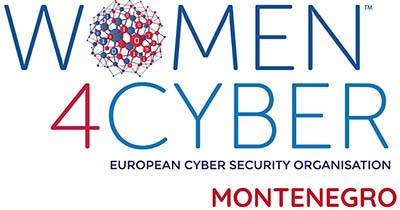Why and how much are 21st-century women exposed to online violence? Are women more exposed to violence than men?
Pornography as the most common form of online violence
Hatred towards women with artificial intelligence
How to protect women from this form of violence?
The 21st-century woman is a modern woman, strong, educated, and as such, she is a member of the academic community, always ready to express her opinion. She wants to hold positions of responsibility, fight for gender equality, and ultimately, the goal of every woman in this era is to have her voice heard. Such a woman is precisely the target of online attacks. The era of technology and the internet has developed a virtual world where we “reside” the most, express opinions, criticize, and convey events from the real world. Research conducted on this topic has shown that women are much more exposed to online violence compared to men. Interestingly, women are victims of violence perpetrated by both women and men. Women are subjected to insults from other women, while from men, in addition to insults, they are also exposed to sexual harassment.
Depending on the life stage in which a woman experiences this form of cyber violence, the consequences will vary. The greatest impact is definitely caused by pornography, as it predominantly results from the lack of consent from both parties.
We have two types of online violence when it comes to pornography:
1. Verbal violence
2. Violence through visual means
Verbal violence includes sexism, hate speech, rape threats, and death threats. Violence through visual means includes photographing and posting images without consent, as well as revenge porn.
A recent trend involves spreading hatred through artificial intelligence. Here, any medium can be manipulated using AI to replace one person’s identity with another’s, portraying that person as doing something they haven’t done. Consequently, the victims of pornographic videos and images are predominantly and unfortunately women.
Not long ago, a news story that shocked the online community involved the formation of groups on the Viber platform where male users exchanged images of naked women of various ages, obtained through various means. Such a group is one of the most drastic online examples of misogyny.
Our joint mission must be to protect women from this form of violence. Although they fight for equality, we must not forget that women are the more beautiful and gentle gender and, as such, they are someone’s mothers, daughters, and sisters.
We must raise awareness and spread the message that women are not to blame for being victims. We need to teach them from an early age to use internet platforms wisely, understanding that disconnecting from the online community is not a solution, but rather confronting the problem by reporting it to the relevant authorities. We must also strengthen these authorities in terms of sanctioning online perpetrators. Ultimately, we need to empower women through education within the school system and by refining legal regulations in this area.
Ksenija Baković
Women4Cyber Montenegro

